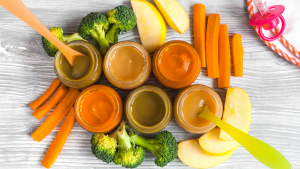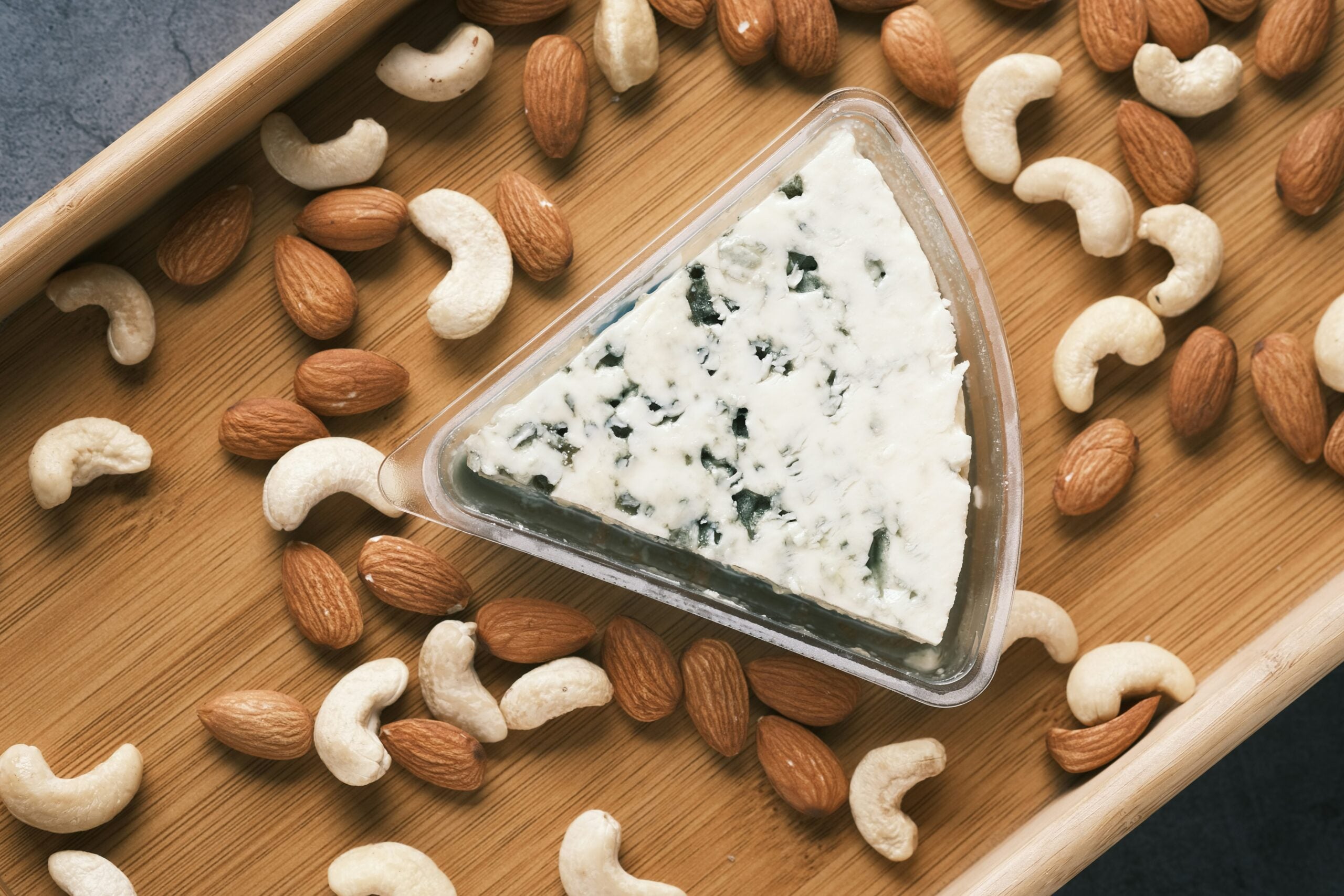
House Oversight Committee draws renewed attention to heavy metals in baby food and calls for FDA to act
Tom Neltner, J.D. is the Chemicals Policy Director.
Last week, the House Committee on Oversight and Reform’s Subcommittee on Economic and Consumer Policy released an important report summarizing baby food testing data submitted by four companies (Beech-Nut, Gerber, Happy Family, and Earth’s Best), finding that “baby foods are tainted with dangerous levels of arsenic, lead, cadmium and mercury.” These heavy metals are widely recognized as harming children’s brain development.
The report found that three of the four companies (all but Gerber) used ingredients that had exceeded limits set in their internal standards. Additionally, the committee cited “grave concerns” that three other companies (Walmart, Plum, and Sprout) did not provide their internal standards and testing results in response to the legitimate request by the House Committee. Their lack of transparency undermines credibility and trust.
Due to the alarming nature of these findings about a food marketed as safe and healthy for infants and toddlers, the report garnered significant attention and has prompted calls for the Food and Drug Administration (FDA) and food manufacturers to do more on this issue.
Importantly, the report provides new insights into industry decision-making processes, highlights the need for greater oversight, and adds urgency to EDF’s ongoing efforts to reduce heavy metals in food.
The challenge of heavy metals in children’s food
Evidence of significant amounts of arsenic or lead in specific children’s foods such as rice, juice, and spices has emerged over the last two decades. FDA’s responses to these findings have generally focused on specific foods and individual heavy metals.
That case-by-case approach began to change in January 2017 when the Environmental Protection Agency (EPA), faced with calls for action on lead in drinking water after the tragedy in Flint, Michigan, released a report identifying the relative contribution of water, food, soil/dust, and air to children’s lead exposure.[1] The analysis revealed that food was a significant source of exposure to lead for the three-quarters of all children who live in homes without lead pipes or lead-based paint hazards.
Prompted by EPA’s report, EDF evaluated FDA testing data to show that 20% of baby food had detectable lead. A year later, we evaluated FDA data on infant and toddler food that revealed concerns with arsenic, cadmium, and lead. Later in 2018, Consumer Reports and then in 2019 Healthy Babies Bright Futures (HBBF) reported on their own testing of baby foods. HBBF revealed results for specific brands and concluded that 95% contained detectable levels of arsenic, lead, cadmium, or mercury.
All of this helped build the case that what FDA and industry have done in the past has not been sufficient to protect children’s food from heavy metal contamination and that more needs to be done.
Current efforts to reduce children’s exposure to heavy metals from food.
These reports prompted the following actions:
- FDA established a Toxics Elements Working Group in 2017 to reduce exposure to toxic elements in food, cosmetics, and dietary supplements. Its focus is on lead, arsenic, cadmium, and mercury and their cumulative impact on children’s neurological development. This effort has resulted in: 1) a tighter maximum daily limit on total intake of lead; 2) a new limit on inorganic arsenic in infant rice cereal; 3) publication of a series of scientific studies estimating children’s exposure to lead and cadmium and strategies to reduce cadmium contamination; and 4) a reevaluation of neurodevelopmental risks of inorganic arsenic.
- The Baby Food Council was launched in 2019 by four major baby food companies,[2] the same four that responded to the House Oversight Committee request, along with EDF, Cornell University, and HBBF to reduce levels of heavy metals in their products to as low as reasonably achievable using best-in-class management techniques. In 2021, the Council identified eight labs that demonstrated proficiency for testing low levels of arsenic, cadmium, and lead in food and announced it was developing a voluntary consensus standard and label for baby food.
- EDF and ten other organizations submitted a citizens petition to FDA in December 2020 asking the agency to tighten its outdated standards for lead by: 1) banning the substance as an additive to food contact materials such as brass used in food equipment and tin in metal food cans; and 2) updating decades old limits on lead in bottled water, children’s candy, juice, dried fruits, spices and other ingredients.
- The House Subcommittee on Economic and Consumer Policy undertook an investigation in 2019 to better protect children from heavy metals in food. It sought to evaluate how baby food companies protected their products from cadmium, lead, mercury, and inorganic arsenic. In late 2019, the Subcommittee requested that seven baby food companies identified in the HBBF report provide relevant information. The report last week was a milestone in the investigation, calling for: 1) mandatory ingredient and finished product testing; 2) labeling of levels of the heavy metals; 3) voluntary phase-out of ingredients with high levels; 4) FDA standards; and 5) parental vigilance. The subcommittee chair has indicated he will pursue legislation.
Need for best practices to reduce contamination
While much of the attention has been on baby food products, except for canned food, the evidence for heavy metal in food points to the environment, not processing, as the primary source of the arsenic, cadmium and lead in food. For arsenic, rice is the dominate source of exposure from food. In contrast, many foods contain lead from soil contaminated from the leaded gasoline, paint, pesticides, as well as natural sources. Cadmium represents a similar challenge to lead. These levels add up to significant exposure in children’s diets.
Thanks to a decade of research, the best practices to significantly reduce arsenic in rice are well understood. But for lead and cadmium, the evidence is limited, and best practices are focused on washing and peeling the produce.
Parents should demand more from the retailers and brands they rely on and the government agencies responsible for protecting them. In the meantime, they should continue reducing exposure by thoroughly washing and peeling fresh fruits and vegetables, and, as HBBF suggests, avoiding foods with low nutritious value that are often contaminated. However, based on what we have seen, simply advising parents to make food from fresh fruits and vegetables or buy processed foods not marketed as baby food is insufficient. Further, it may be counterproductive since these alternatives are not systematically tested and screened for heavy metals.
EDF’s next steps on heavy metals in food
Since 2017, we have pressed FDA, baby food companies, and retailers to act to reduce levels of heavy metals in food, tracked progress, and worked with allies in the public health and environmental community on the issue. In response to the report, we will redouble our efforts to:
- Identify, evaluate, and promote best practices to reduce heavy metals in food, including regular testing of products and ingredients.
- Ensure that any voluntary consensus standard embraced by the Baby Food Council and industry effectively drives down levels of heavy metals in baby foods and has oversight parents can trust.
- Advocate for FDA to translate the science showing the cumulative risks posed by these heavy metals into meaningful standards that it enforces.
- Support efforts to hold FDA accountable and push the agency to better protect children from toxic chemicals in food.
[1] In September 2017, EPA finalized the report in a peer-reviewed journal article. See our blog on report.
[2] A fifth company, Plum Organics, a brand of Campbell Soup Company, was a member of the Council but left in early 2020.












